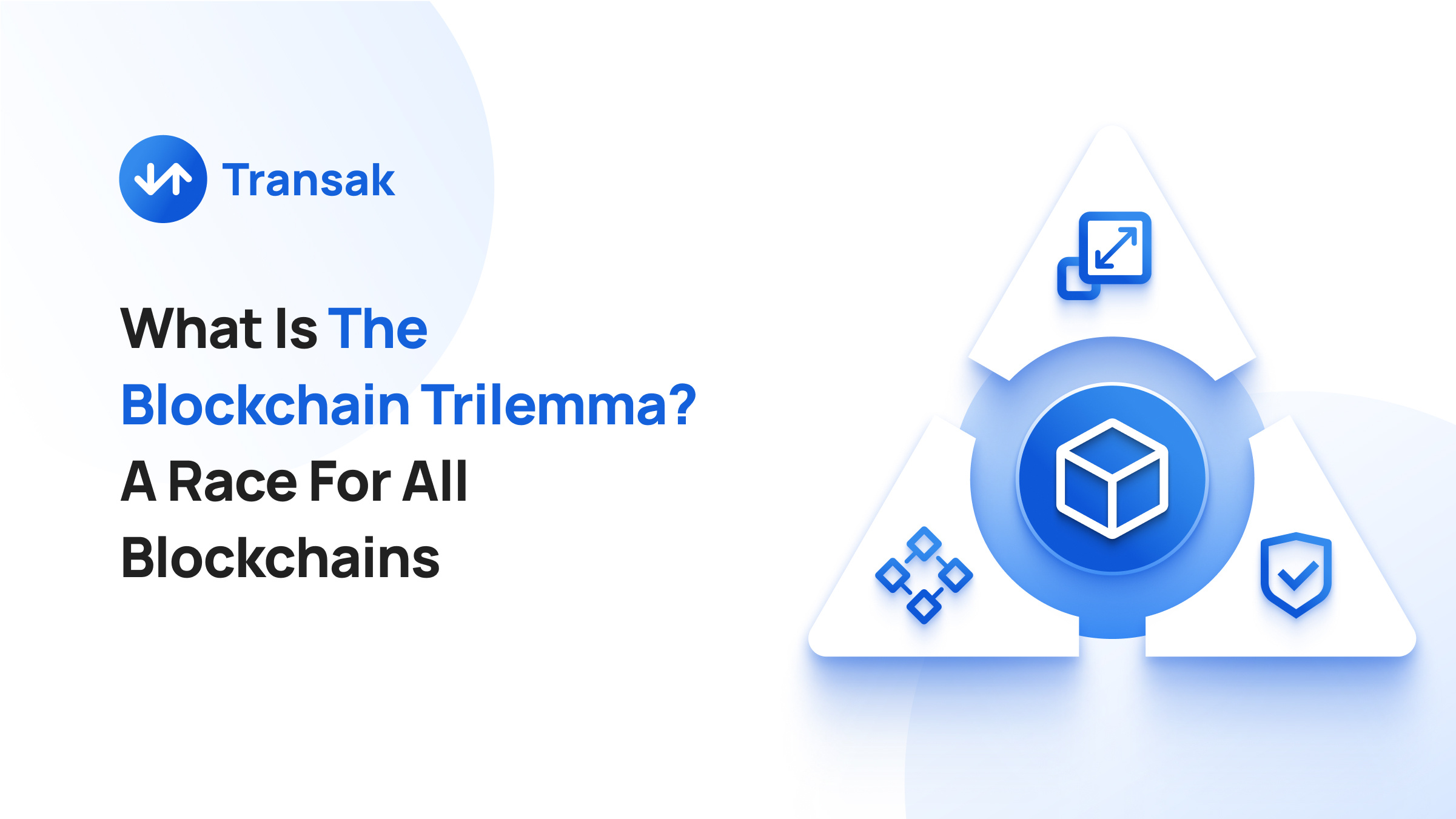How much simpler the world would be if there were just one blockchain for all things Web3.
But that is only wishful thinking. Today, there are over 1,000 blockchains and more than 20,000 cryptocurrencies. But why?
The answer lies in the Blockchain Trilemma.
Every blockchain project today is racing to achieve a singular goal - to solve the Blockchain Trilemma.
In this article, we discuss what the Blockchain Trilemma is and potential ways to solve it.
What is the Blockchain Trilemma?
Decentralization, security, and scalability are the three main elements of a blockchain. The ideal blockchain is:
- Fully decentralized
- Highly secure
- Incredibly scalable
Years of research and development, however, have shown that achieving all three is impractical.
Coined by the primary contributor of Ethereum, Vitalik Buterin, the Blockchain Trilemma states that a blockchain can only have two out of the three elements (decentralization, security, and scalability) at any given time.
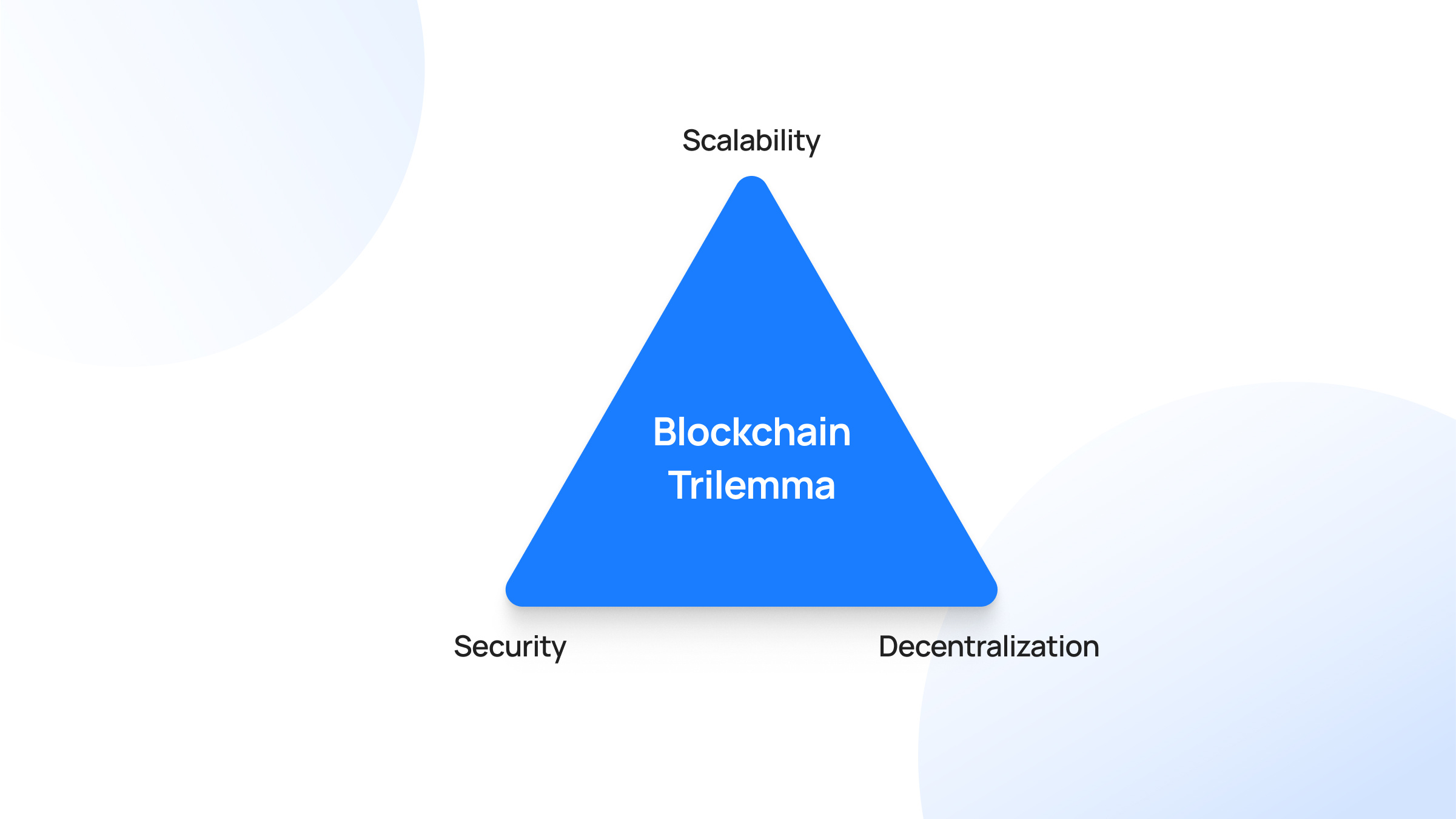
Simply put, the trilemma dictates that a blockchain can be;
- decentralized, secure but not scalable,
- secure, scalable, but not decentralized, or
- decentralized, scalable, but not secure.
Only two properties can be strengthened at the expense of the third.
Essentially, it's an engineering trade-off that every project has to take into account when designing its underlying architecture.
This, however, is not a law. Instead, it's a design constraint that can be overcome but has not been solved yet.
What is Decentralization
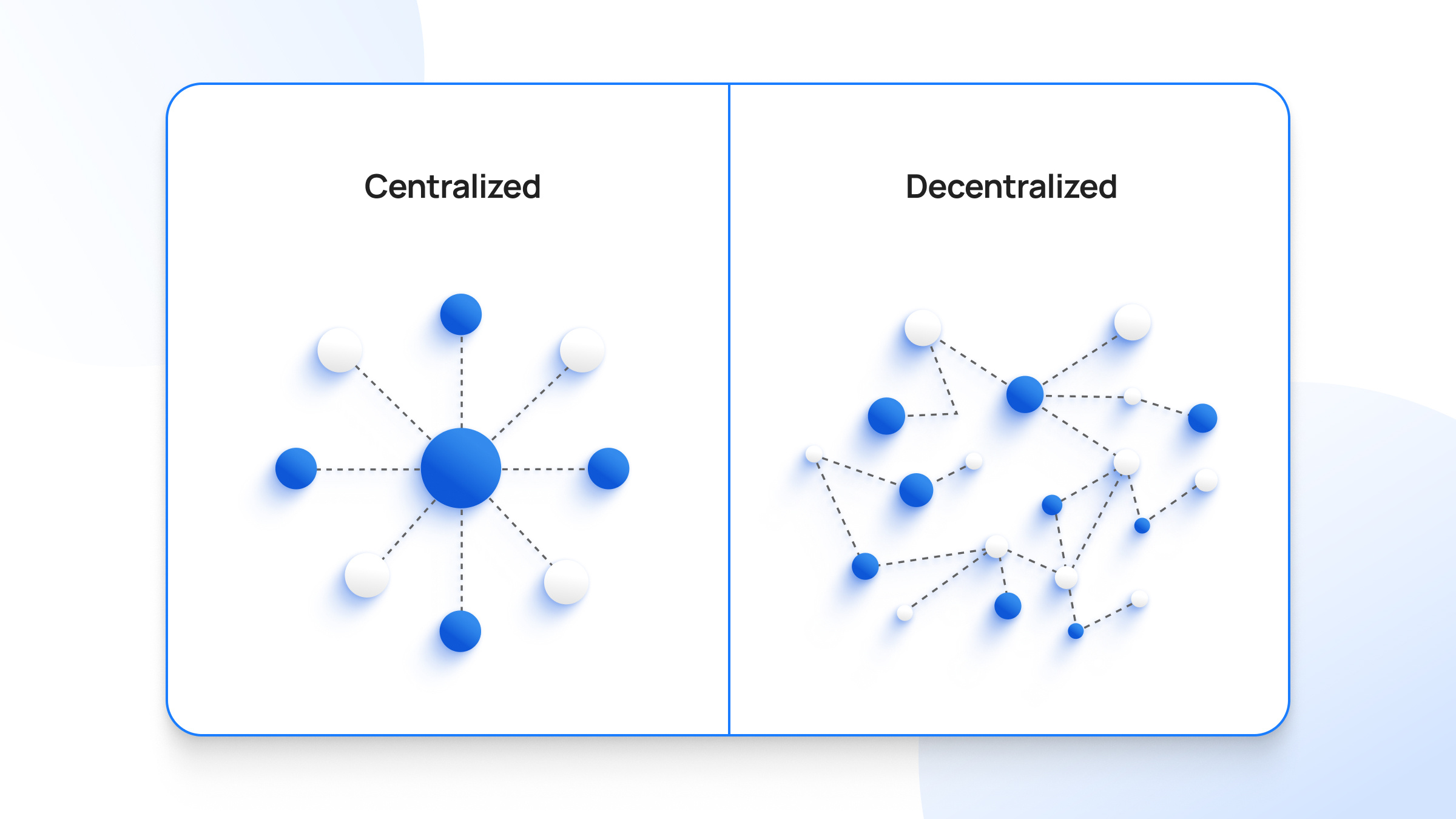
Decentralization is a critical aspect of blockchain technology. It refers to the distribution of power and control over the network among its participants rather than being owned and controlled by a single entity or group of entities.
In a decentralized blockchain network, no single participant can make decisions or take actions that can impact the entire network without the consensus of the other participants.
It also means that there is no single point of failure which makes it much more resilient to attack or disruption.
Decentralization is paramount in blockchains because it ensures that the network remains honest and neutral. Additionally, it promotes inclusivity by enabling anyone with an internet connection to participate in the network.
Decentralization is often compared with democratization by crypto newbies, but they are not the same. Decentralization refers to the distribution of power and control over a network or system among its participants, whereas democratization refers to the process of making something more democratic, such as increasing participation or access to decision-making. While decentralization can contribute to democratization by giving more power and control to a wider group of participants, it does not necessarily guarantee democratization in and of itself.
In Web3, decentralization is achieved by distributing decision-making capabilities to multiple parties called "nodes." These nodes can be run by everyday individuals, organizations, or governments. The greater the number of nodes, the more decentralized the network.
What is Blockchain Security?
Blockchain is often touted as a secure technology, but what does security mean in this context?
At its core, security in blockchain refers to the measures in place to protect the integrity and confidentiality of the data and transactions on the network. Security is essential for operating trustlessly and preventing malicious actors from compromising it.
Data integrity within the blocks is ensured with the help of hashing algorithms. Hashing refers to the process of encrypting data with a special mathematical key, which makes it impossible to change or replace the existing data.
In addition, blockchain networks employ game theory in the form of a "consensus mechanism." Game theory is a mathematical approach to designing economies in which participants have incentives to behave in certain ways that would have positive implications on the network.
There are different types of consensus mechanisms, each with a varying degree of security. The most popular ones are Proof of Work (PoW) and Proof of Stake (PoS).
The PoW consensus mechanism is deemed to be the most secure approach.
What is Scalability?
Scalability (measured in 'transactions per second,' 'TPS') refers to a blockchain's ability to handle an increasing amount of transactions as more users join the network. It's a crucial aspect of any blockchain, as, without scalability, the network may become congested and slow, resulting in higher fees and longer wait times for transactions to be confirmed.
The importance of scalability in blockchain cannot be overstated. As more people adopt cryptocurrencies and decentralized applications, the demand for faster and cheaper transactions will only increase.
There are several scalability solutions available for blockchains, including:
- Sharding: Sharding involves breaking up the blockchain into smaller, more manageable parts or "shards." Each shard can handle a portion of the network's transactions, allowing the blockchain to process more transactions simultaneously. NEAR Protocol is a popular example of a blockchain implementing sharding. Ethereum, too, will undergo an upgrade that would make it a sharded blockchain — currently, the foundation, proto-danksharding, has been laid.
- Off-chain solutions: Off-chain solutions involve moving some transactions off the main blockchain to a secondary layer. The Lightning Network and Polygon are popular examples of this. By aggregating multiple transactions into one and pushing it to the main chain, off-chain solutions can significantly increase a blockchain's scalability.
- Optimizations: Various optimizations, such as increasing block size, reducing block time, and improving transaction batching, can also improve a blockchain's scalability.
The infamous CryptoKitties incident of 2017 is often brought up as an example of the scalability issues plaguing blockchains.
CryptoKitties, a popular game built on the Ethereum network, put so much strain on the network that it caused fees to skyrocket and transactions to take hours – or even days – to be confirmed. At the time, gas fees shot up to over $200!
The incident, however, was also a good catalyst for the Web3 community to take scalability issues seriously and actively look for a solution.
Why Most Blockchains Compromise Scalability
As per the trilemma, you can have two of three properties – security, scalability, and decentralization – but not all three.
Which combination would you choose?
Most [public] blockchains tend to favor decentralization first, followed by security. Scalability is an afterthought. This is because the main goal of a blockchain is to facilitate tamper-proof peer-to-peer transactions without centralized oversight. Increasing scalability, unfortunately, lowers this.
For instance, you could increase throughput by lowering the number of nodes. The lower the nodes, the greater the throughput because transactions can be verified and added to the chain faster. If it isn't obvious already, this is centralization.
You could also increase throughput by lowering the number of confirmations. The lower the confirmations, the faster the transactions. This is a huge security risk as it increases the possibility of double spending and 51% attacks.
But Blockchains Need To Scale
If blockchains are to become mainstream, then they need to scale. Fast.
Say you want to pay for your favorite coffee using crypto. Would you wait (and maybe even hold up a queue of angry customers) 10 minutes for your transaction to go through?
Most likely, not.
To facilitate everyday transactions (called 'microtransactions') and promote mass adoption of blockchain technology, it needs to mature to an extent where millions (or billions) of users can use the network in parallel with zero downtime and no congestion.
This is why many protocols, such as Ethereum and Solana, are actively working on scalability solutions.
Possible ways to solve the blockchain trilemma
While there is no silver bullet here, we are certainly inching closer to a solution.
Here are a few innovative solutions to improve scalability without sacrificing decentralization and security (much):
- Sharding
- Rollups
- Sidechains
- State channels
Sharding
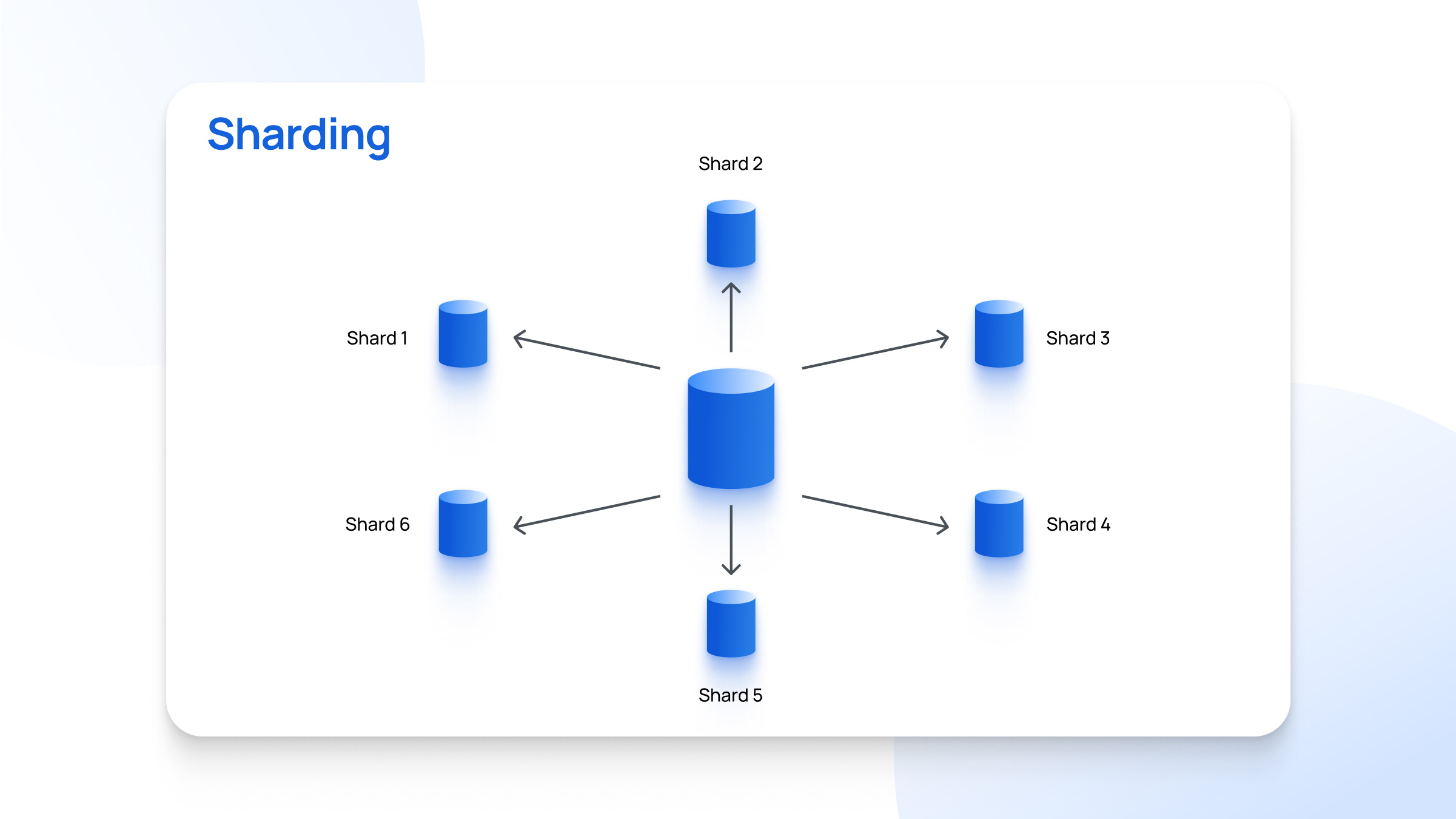
Sharding is a method of partitioning a blockchain's data into smaller groups called "shards." Each shard can then be processed separately, allowing for more transactions to be processed in parallel.
Sharding allows blockchains to scale horizontally, increasing the number of nodes that can participate in the network without sacrificing security or decentralization.
Some projects implementing a sharded network architecture are:
- Ethereum (post-Merge)
- NEAR Protocol
- Shardeum
- Zilliqa
Rollups
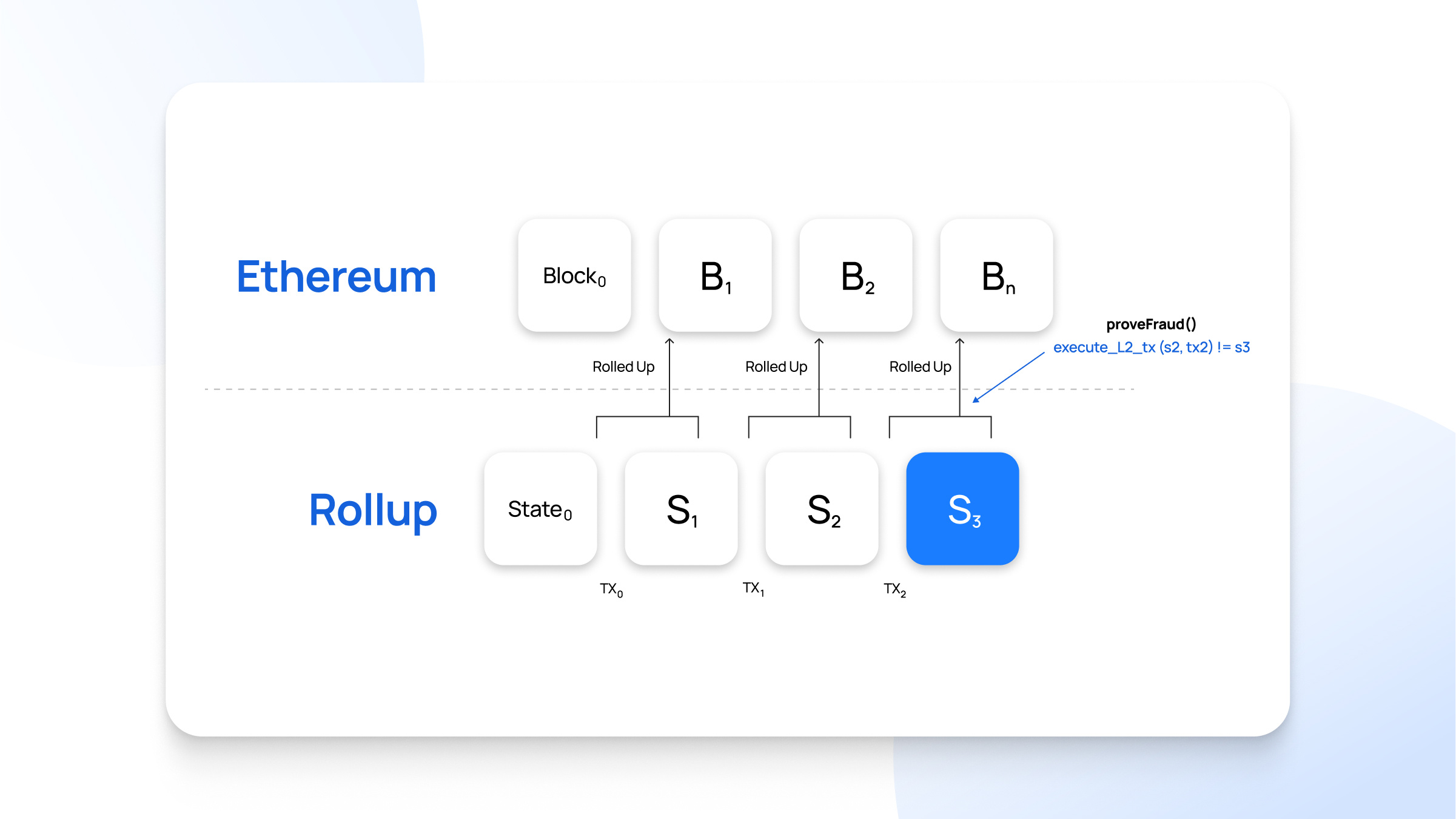
Rollups are a layer-2 scaling solution that allows multiple transactions to be bundled together and processed as a single transaction on the main blockchain. This helps to reduce congestion on the main chain and increase throughput.
There are two types of rollups: optimistic and zk-rollups. Optimistic rollups are faster but less secure, while zk-rollups are slower but more secure.
Some projects implementing rollups are:
- Optimism
- ZkSync
- Loopring
- Immutable
Sidechains

Sidechains are independent blockchains that are linked to the main blockchain but have their own rules and consensus mechanisms.
Transactions can be moved from the main chain to a sidechain and processed there before being moved back to the main chain. This allows for more transactions to be processed in parallel without overloading the main chain.
Some sidechain projects are:
- Polygon
- Gnosis
- SKALE Network
- RootStock
State Channels
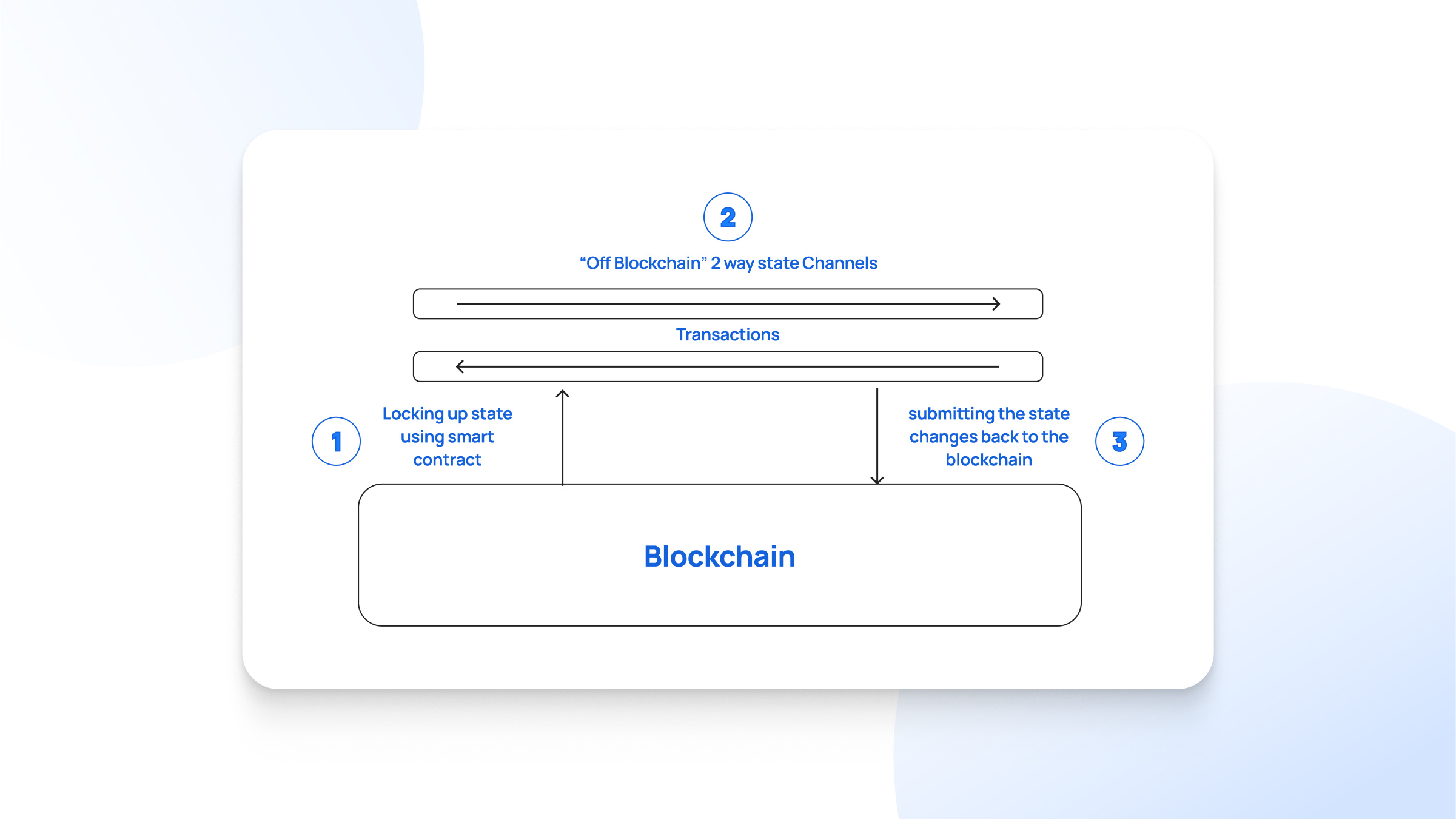
State channels are another layer-2 scaling solution that allows for off-chain transactions between two parties. By conducting transactions off-chain, state channels can significantly reduce congestion on the main chain and increase transaction speed.
State channels are commonly used for micropayments and online gaming.
Some popular solutions using the state channel mechanism are:
- Lightning Network
- Raiden Network
- Trinity
- Celer Network
Conclusion
Decentralization is a crucial pillar of public blockchains. Any innovation on a public blockchain that sacrifices decentralization is usually frowned upon by the community.
Security, too, is just as paramount. However, scalability cannot be overlooked, especially for applications like Web3 gaming and microtransactions powered by blockchain.
Currently, most high-performance low, latency blockchains, suitable for gaming or multi-user metaverse, are mostly private or lack decentralization greatly.
Solana, for example, is a blockchain promising a TPS of over 100,000. But even that has a single point of failure as all validators connect to the same client.
That said, we are not yet close to the technology's full potential. If developers and researchers ever solve the Blockchain Trilemma, we can expect a tremendous boost in blockchain application both at individual and institutional levels.

